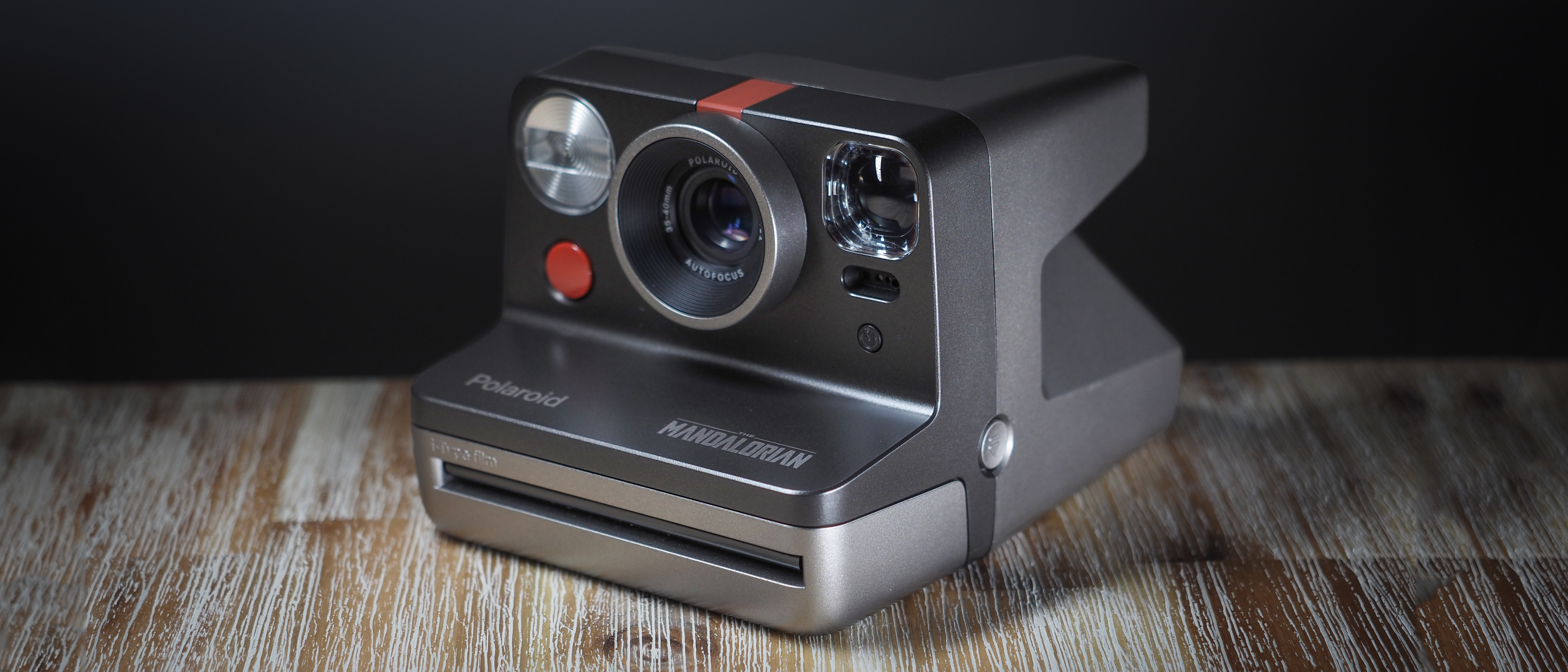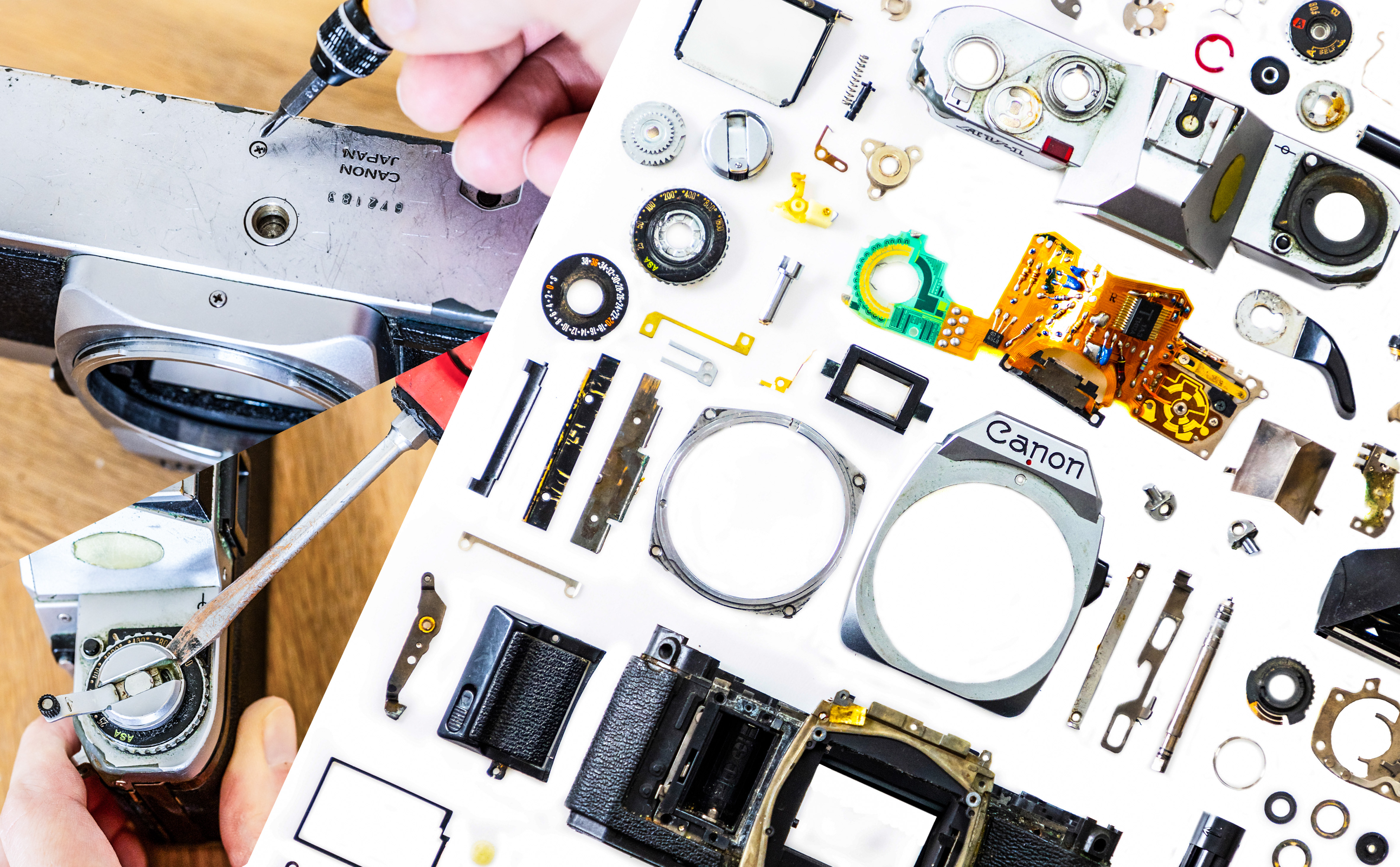Digital Camera World Verdict
The Mandalorian Polaroid Now is a special edition of the fantastic Polaroid Now camera. A lick of Beskar-inspired paint gives it a look worthy of the Outer Rim, while inside it delivers superior image quality to the trusty OneStep2. The OneStep+ is packed with more features, but if you want a great instant camera that feels as retro as the classic square pictures it takes, this is the way.
Pros
- +
Improved flash
- +
Superior image quality
- +
Longer battery life
Cons
- -
Expensive film
- -
Inconsistent outdoors
- -
OneStep+ has more features
Why you can trust Digital Camera World
The Mandalorian Polaroid Now is a special edition of 2020's Polaroid Now instant camera. On the inside it's identical to the regular Now, but on the outside it bears a sleek coat of Beskar steel-inspired silver, with Mandalorian branding and insignia so that everybody knows there will be a price on their head if they mess with it.
That means that, as you'd expect, you're paying extra for the Star Wars-theme on The Mandalorian Polaroid Now – if all you care about are the pictures, you can save yourself a few Republic Credits by opting for the regular Polaroid Now.
Of course, since it's the same camera with a new lick of paint, that means it is likewise one of the best instant cameras on the market. We've thoroughly retested the Mandalorian version and can confirm that it shares the same DNA as the standard Now, so what follows is the same as our verdict of the original camera.
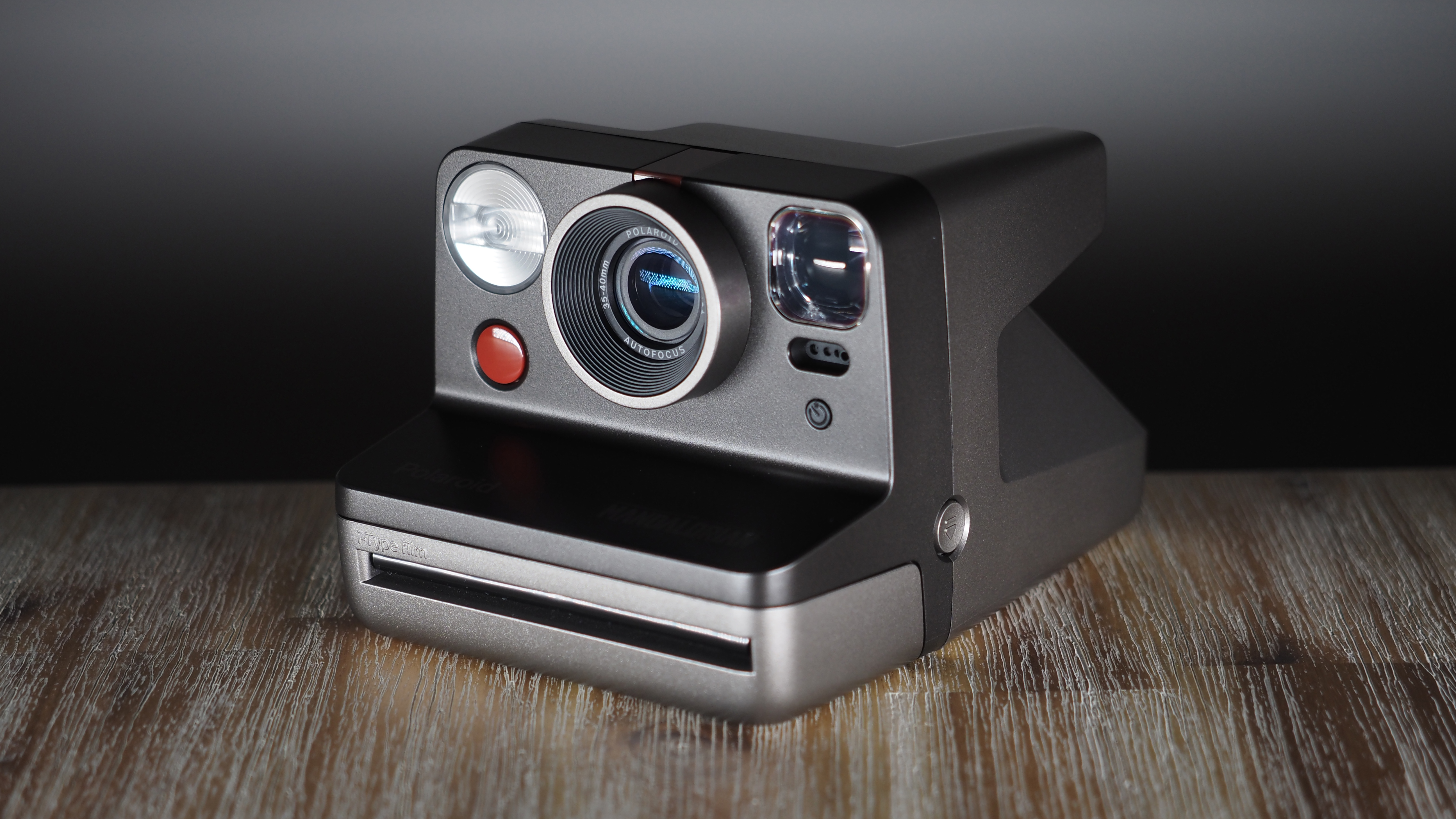
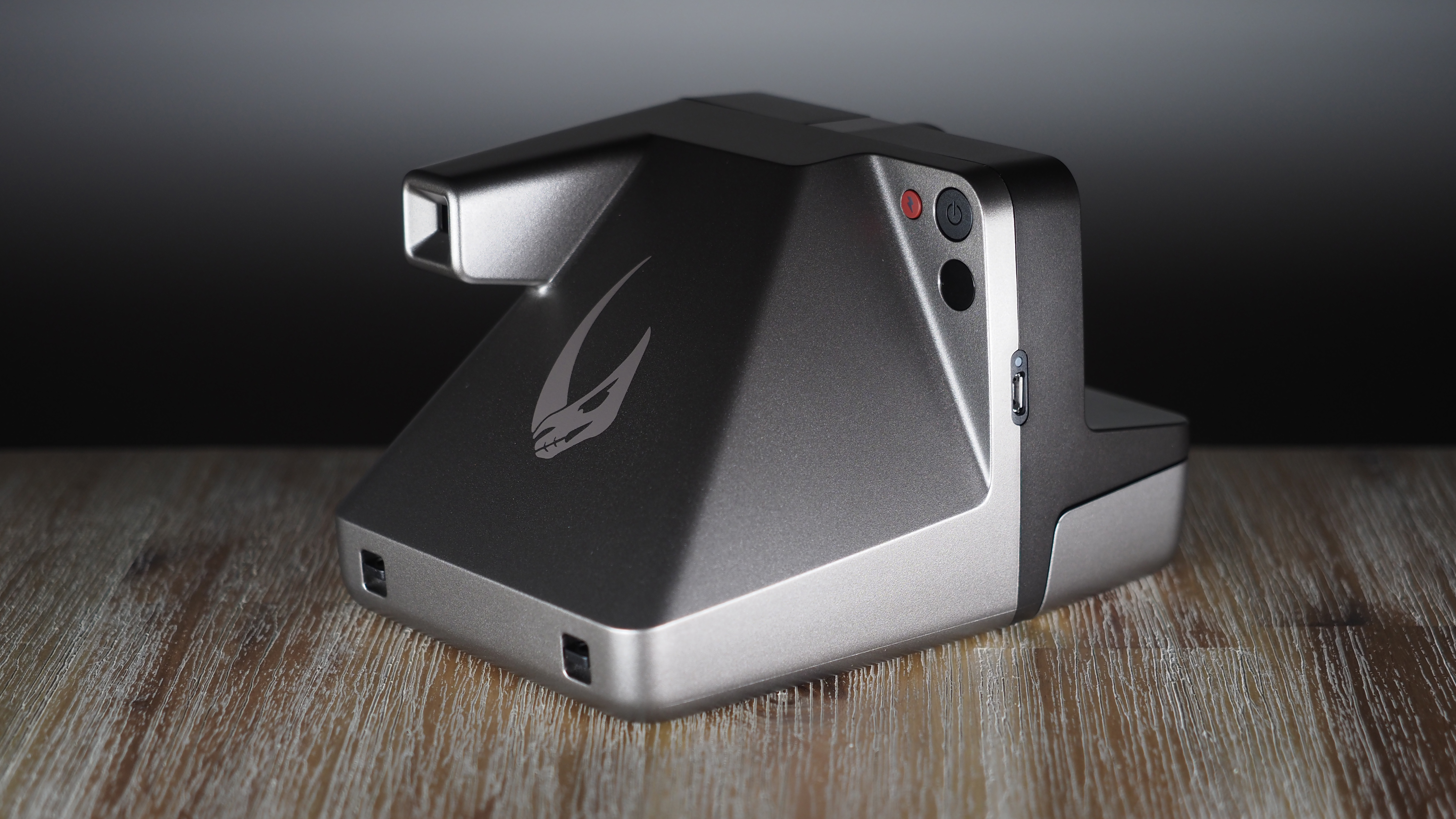
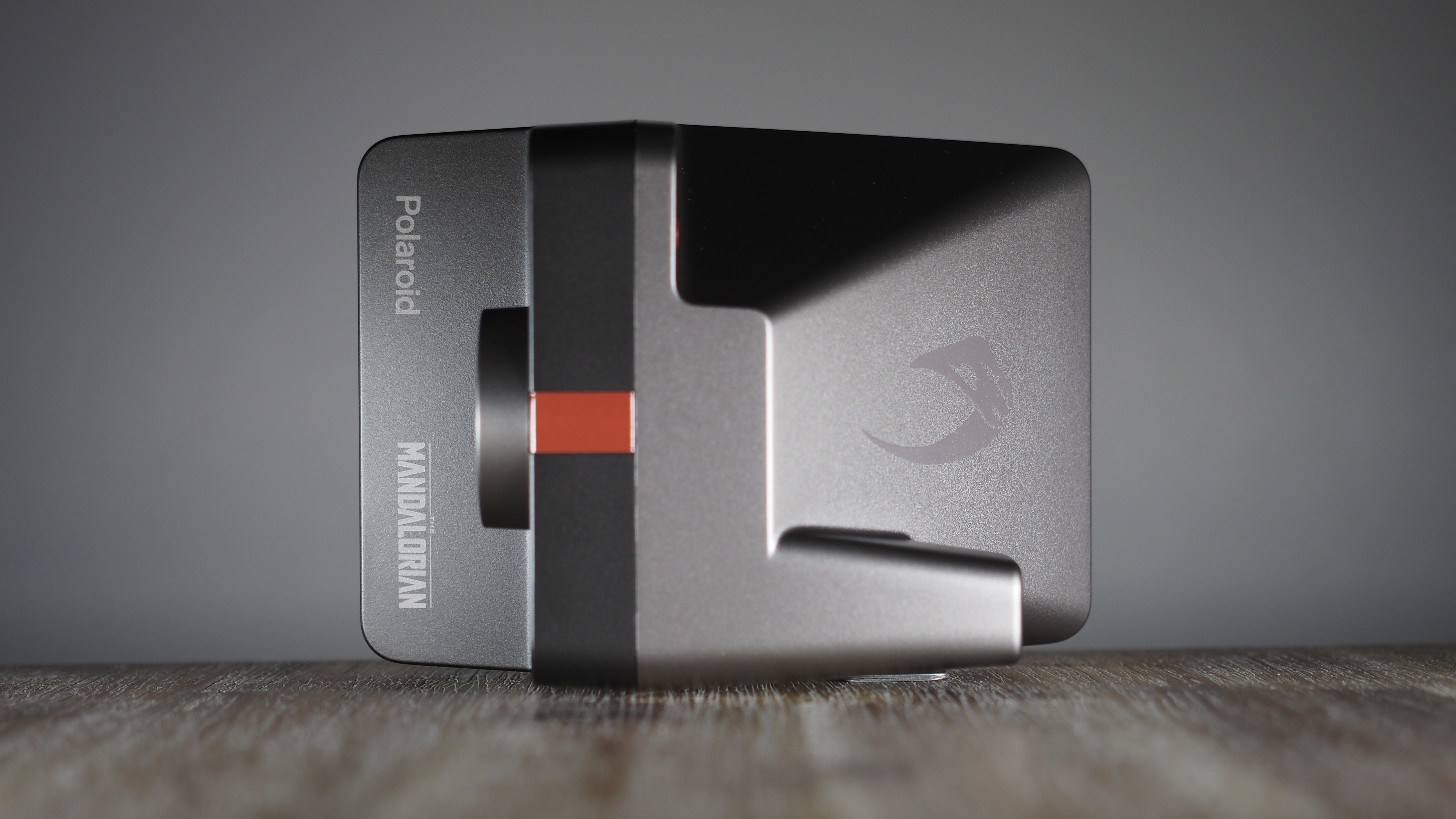
Key features
In addition to its redesign, The Mandalorian Polaroid Now boasts some technological improvements over its predecessors, the Polaroid OneStep2 and OneStep+ (the latter of which is our current king of instant cameras).
Its headline feature is a newly developed autofocus lens system, which automatically switches between the dedicated distance and portrait lenses to provide more precise results when shooting.
The USB-chargeable lithium-ion battery has also been improved, as the Polaroid Now packs enough juice to shoot up to 15 packs of film. That works out as 120 shots – which obviously isn't a patch on the output of mirrorless cameras (let alone DSLRs), but remember that instant cameras fire off a flash, process film and mechanically eject prints.
The Now's flash is also tangibly better, with an improved metering system that delivers far more pleasing results compared to the recent OneSteps.
Like its predecessors, the Now accepts both modern i-Type and classic 600 film (the latter of which has a battery in the film packs, which powers vintage Polaroid cameras).

Build and handling
The new housing on The Mandalorian Polaroid Now is sleeker and softer than before, removing many of the harder corners that have traditionally featured on Polaroid's bodies both new and old.
On top of giving the camera a smoother appearance, this also improves the ergonomics. The Now is still a boxy Polaroid camera, of course, but the softened corners and edges do make it slightly less pointy to hold and handle.
All but two of the manual controls from previous models have been removed. The new autofocus lens replaces the need to switch between the main and secondary lenses on the OneStep+, so the top switch from that model has been jettisoned.
The flash system also omits the manual exposure control, so the only physical inputs aside from the power and shutter are the flash on/off and self-timer buttons.
The shot counter has been redesigned, too, with the panel of eight orange LEDs on top being replaced by a numeric readout indicator, while the flash now has an illuminated "lightning" symbol to show when it is active or not.
Build-wise, if you've used the previous Polaroids then you'll know what to expect here: a sleek but reassuringly solid block of plastic, which feels like it will withstand plenty of knocks when you toss it in your backpack or the glovebox of your car for recording your adventures.
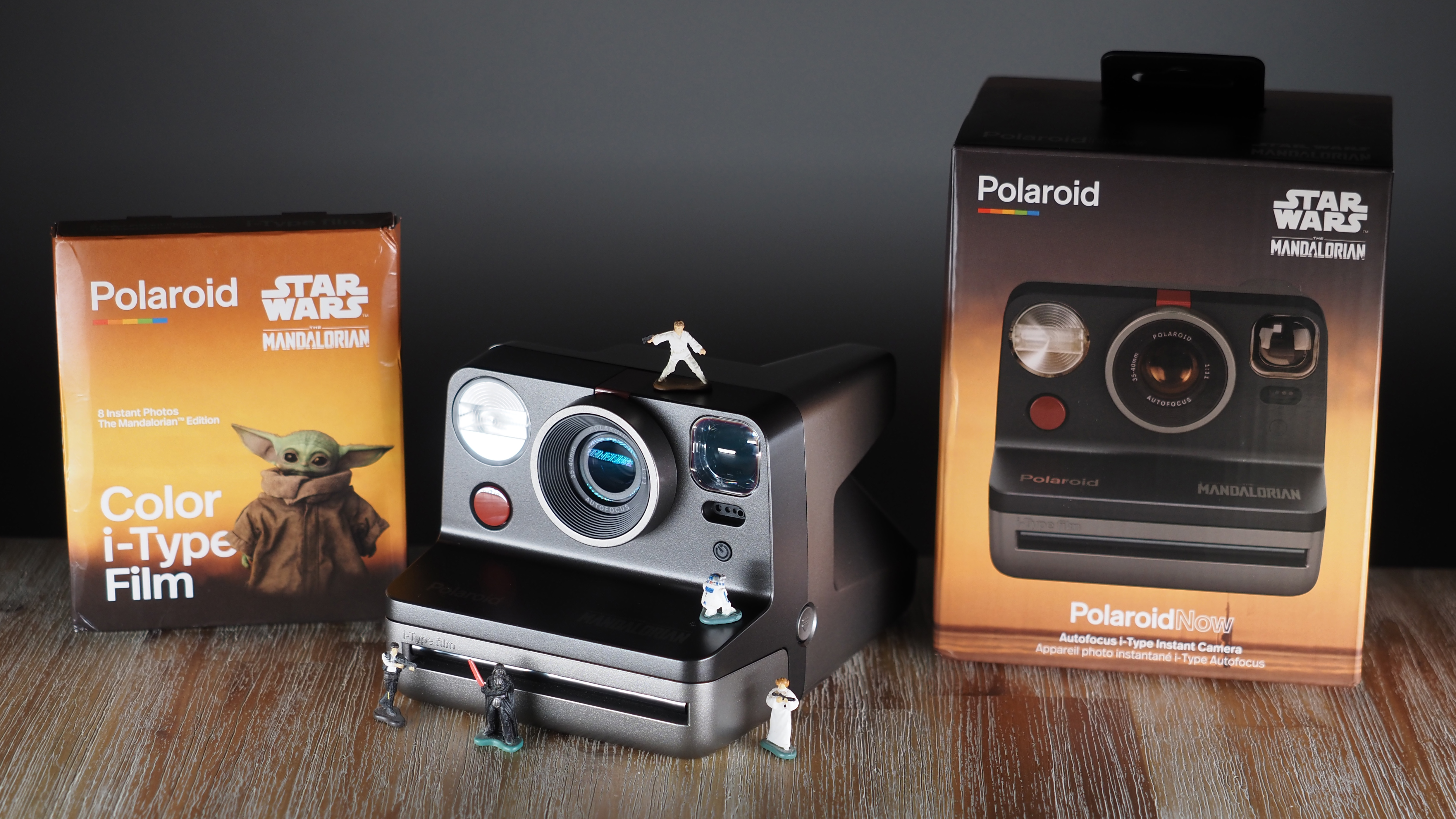
Performance
While we're always happy to see a new Polaroid product arrive, in truth we weren't expecting a dramatic improvement in image quality from this latest camera. So we were very pleasantly surprised by the pictures it produces, which are notably better than those of the OneStep2.
The performance of the flash is the biggest revelation here, as The Mandalorian Polaroid Now takes a significantly brighter and better exposed image than the OneStep2 – as you can see in the side-by-side images of the plush lion below.
You'll also notice from those same comparison images that the Now delivers substantially better color reproduction. Of course, the color output is in large part down to the photochemistry being dictated by the flash, but we got consistently better colors from the Now than we did its elder sibling.
Somewhat less consistent, however, was outdoor exposure. In most situations the camera handles abundant ambient light very well. However, we experienced a few occasions where it would underexpose a frame quite dramatically when flash wasn't used. The metering system takes a little getting used to, but bear in mind that you'll be paying for each print while you do so.
In all, though, we were pleased with the photographs produced by the Now – and its flash performance gives it a definite edge over its predecessors.

Verdict
The Mandalorian Polaroid Now is exactly what you'd expect: a beautiful special edition of the standard Polaroid Now camera, with a slick lick of paint that makes it worthy of the finest Beskar.
The Now is a welcome arrival to the Polaroid product line, and a worthy addition to the increasingly crowded instant camera world. It boasts superior image quality to the OneStep2, thanks to its improved flash system, though it lacks the additional features (such as Bluetooth connectivity and remote trigger) found in the slightly pricier OneStep+.
For pure point-and-shoot simplicity, though, the Polaroid Now is hard to beat – and while the similarly new instax Mini 11 does have it beaten on price, we definitely prefer the full-size square prints that Polaroid delivers. And much as we love the instax line, when you're shooting old school instant film there's nothing quite like the tactility of handling a big, boxy Polaroid.
If you don't mind paying a little more for the privilege, you don't need the extra bells and whistles of the OneStep+, and you love everything to do with The Mandalorian and Baby Yoda, this is the way.
Read more:
Best instant camera
Best digital instant cameras: hybrid cameras and instant printers
Polaroid Now review
Polaroid OneStep2 review

James has 22 years experience as a journalist, serving as editor of Digital Camera World for 6 of them. He started working in the photography industry in 2014, product testing and shooting ad campaigns for Olympus, as well as clients like Aston Martin Racing, Elinchrom and L'Oréal. An Olympus / OM System, Canon and Hasselblad shooter, he has a wealth of knowledge on cameras of all makes – and he loves instant cameras, too.
